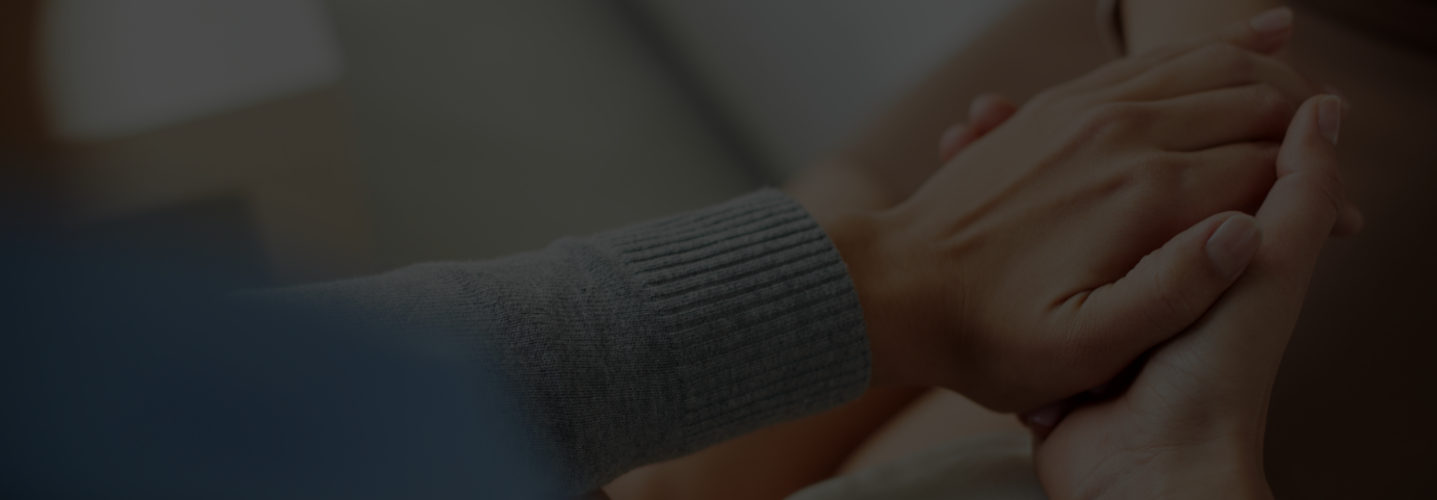Fetal Development
What does my baby look like?
The growth of your baby is a continuous process that often conveys a sense of awe. The following information is divided into pregnancy's three trimesters to help you understand your baby's rapid growth. Milestones in fetal development are also highlighted. (Sizes and weights are approximate.)
Fetal development - month 1
First trimester: At the end of four weeks
* Baby is 1/4 inch long.
* Heart, digestive system, backbone and spinal cord begin to form.
* Placenta (sometimes called "afterbirth") begins to develop.
* The single fertilized egg is now 10,000 times larger than it was at conception.
Fetal development - month 2
First trimester: At the end of 8 weeks
* Baby is 1-1/8 inches long.
* Heart is functioning.
* Eyes, nose, lips, tongue, ears and teeth are forming.
* Penis begins to appear in boys.
* Baby is moving, although the mother can not yet feel movement.
Fetal development - month 3
First trimester: At the end of 12 weeks
* Baby is 2-1/2 to 3 inches long.
* Weight is about 1/2 to 1 ounce.
* Baby develops recognizable form.
* Nails start to develop and earlobes are formed.
* Arms, hands, fingers, legs, feet and toes are fully formed.
* Eyes are almost fully developed.
* Baby has developed most organs and tissues.
* Baby's heart rate can be heard at 10 weeks with a special instrument called a doppler.
Fetal development - month 4
Second trimester: At the end of 4 months
* Baby is 6-1/2 to 7 inches long.
* Weight is about 6 to 7 ounces.
* Baby is developing reflexes, such as sucking and swallowing, and may begin sucking thumb.
* Tooth buds are developing.
* Sweat glands are forming on palms and soles.
* Fingers and toes are well defined.
* Gender is identifiable.
* Skin is bright pink, transparent and covered with soft, downy hair.
* Although recognizably human in appearance, the baby would not be able to survive outside the mother's body.
Fetal development - month 5
Second trimester: At the end of 5 months
* Baby is 8 to 10 inches long.
* Weight is about 1 pound.
* Hair begins to grow on baby’s head.
* Soft woolly hair called lanugo covers baby’s body. Some may remain until a week after birth when it is shed.
* Mother begins to feel fetal movement.
* Internal organs are maturing.
* Eyebrows, eyelids and eyelashes appear.
Fetal development - month 6
Second trimester: At the end of 6 months
* Baby is 11 to 14 inches long.
* Weight is about 1-3/4 to 2 pounds.
* Eyelids begin to part and eyes open sometimes for short periods of time.
* Skin is covered with protective coating called vernix.
* Baby is able to hiccup.
Fetal development - month 7
Third trimester: At the end of 7 months
* Baby is 14 to 16 inches long.
* Weight is about 2-1/2 to 3-1/2 pounds.
* Taste buds have developed.
* Fat layers are forming.
* Organs are maturing.
* Skin is still wrinkled and red.
* If born at this time, the baby will be considered premature and require special care.
Fetal development - month 8
Third trimester: At the end of 8 months
* Baby is 16-1/2 to 18 inches long.
* Weight is about 4 to 6 pounds.
* Overall growth is rapid this month.
* Tremendous brain growth occurs at this time.
* Most body organs are now developed, except for the lungs.
* Movements or “kicks” are strong enough to be visible from the outside.
* Kidneys are mature.
* Skin is less wrinkled.
* Fingernails now extend beyond fingertips.
Fetal development - month 9
Third trimester: At the end of 9 months
* Baby is 19 to 20 inches long.
* Weight is about 7 to 7-1/2 pounds.
* The lungs are mature.
* Baby is now fully developed and can survive outside the mother’s body.
* Skin is pink and smooth.
* The baby settles down lower in the abdomen to prepare for birth and may seem less active.





